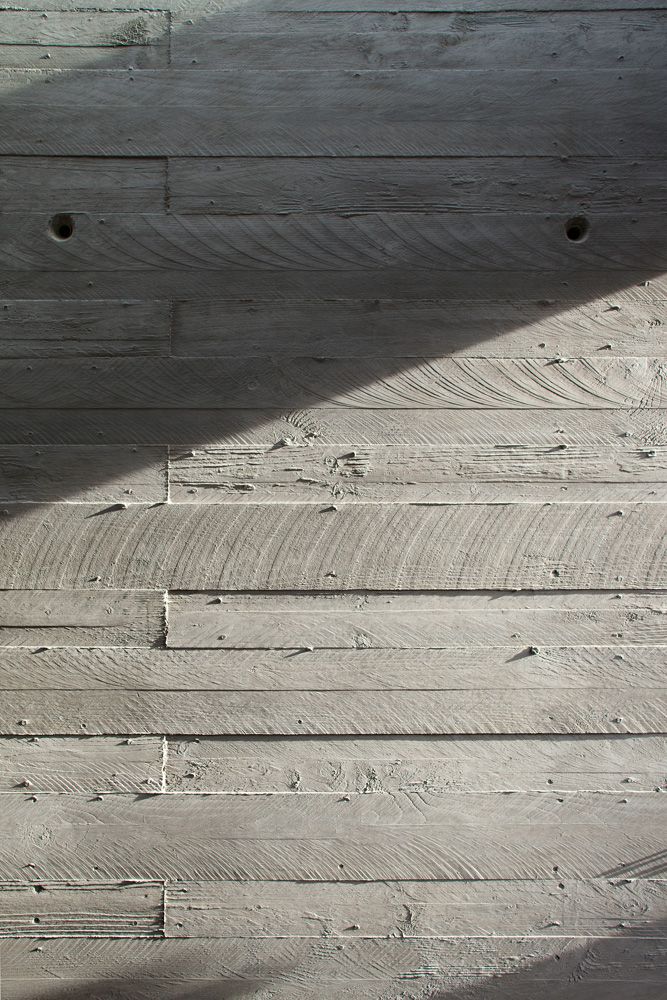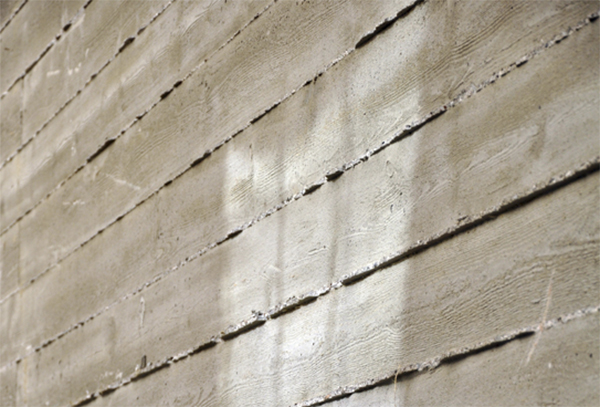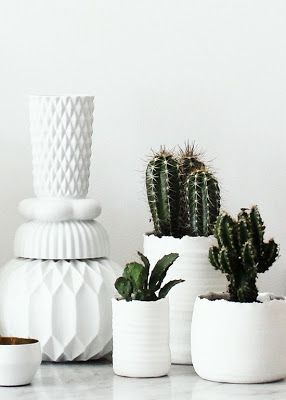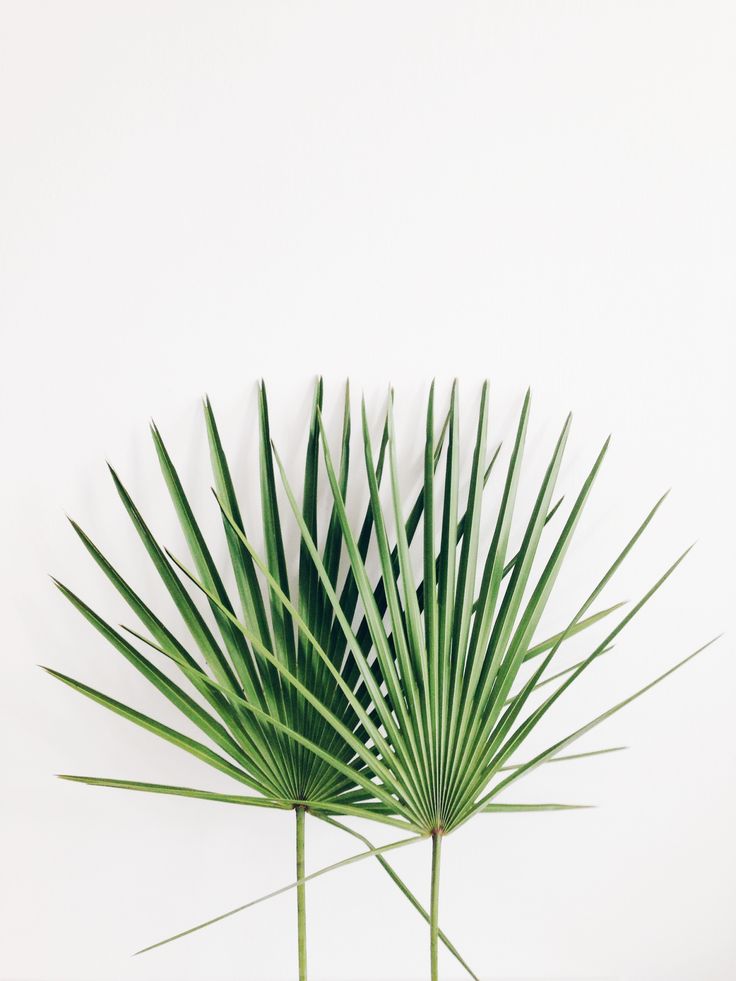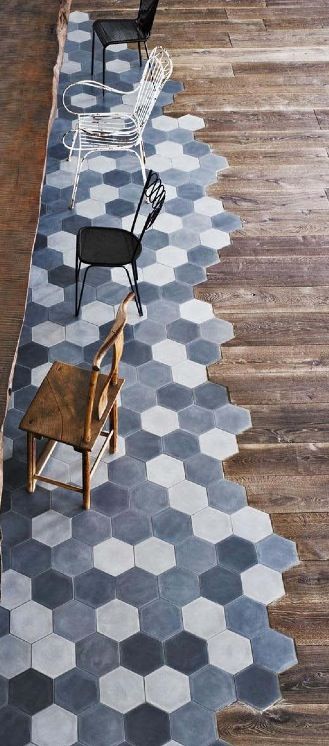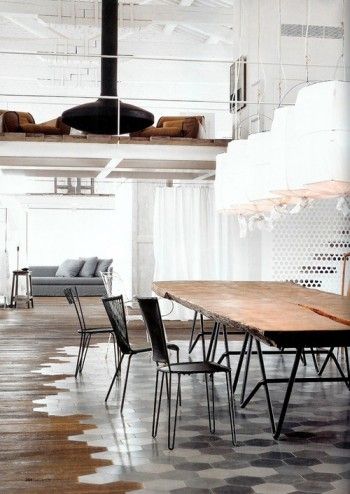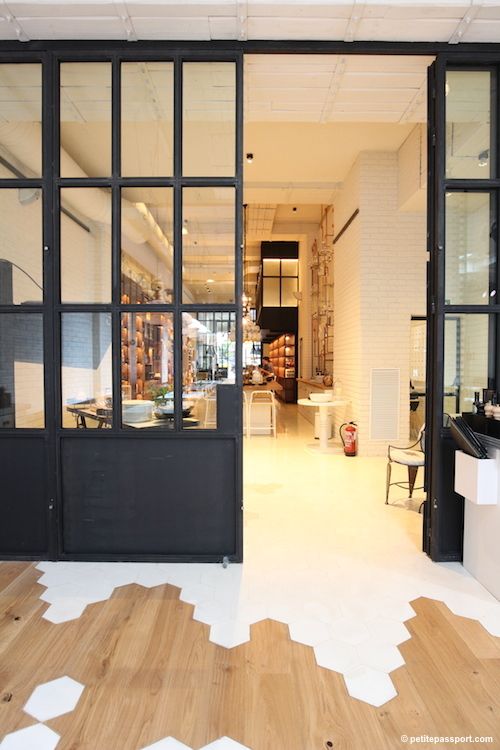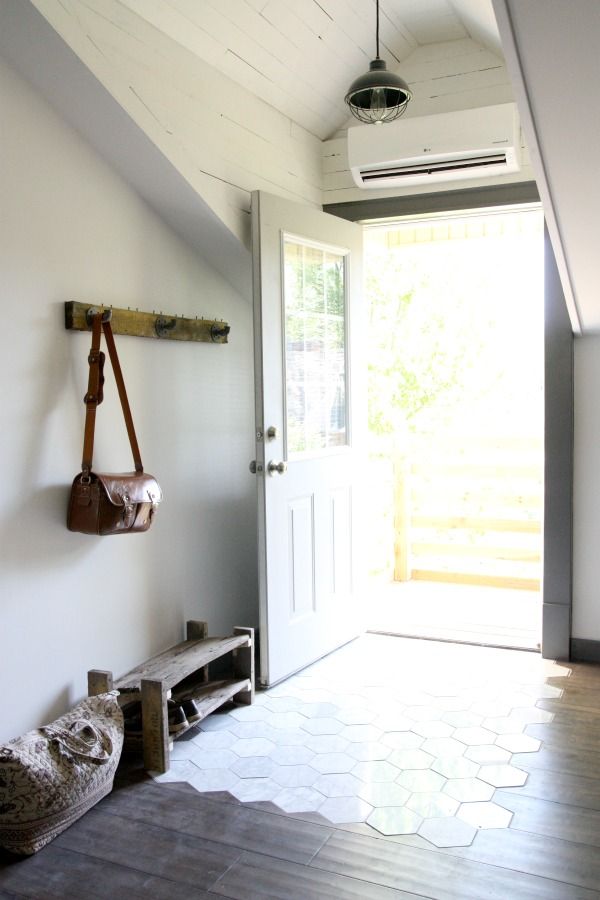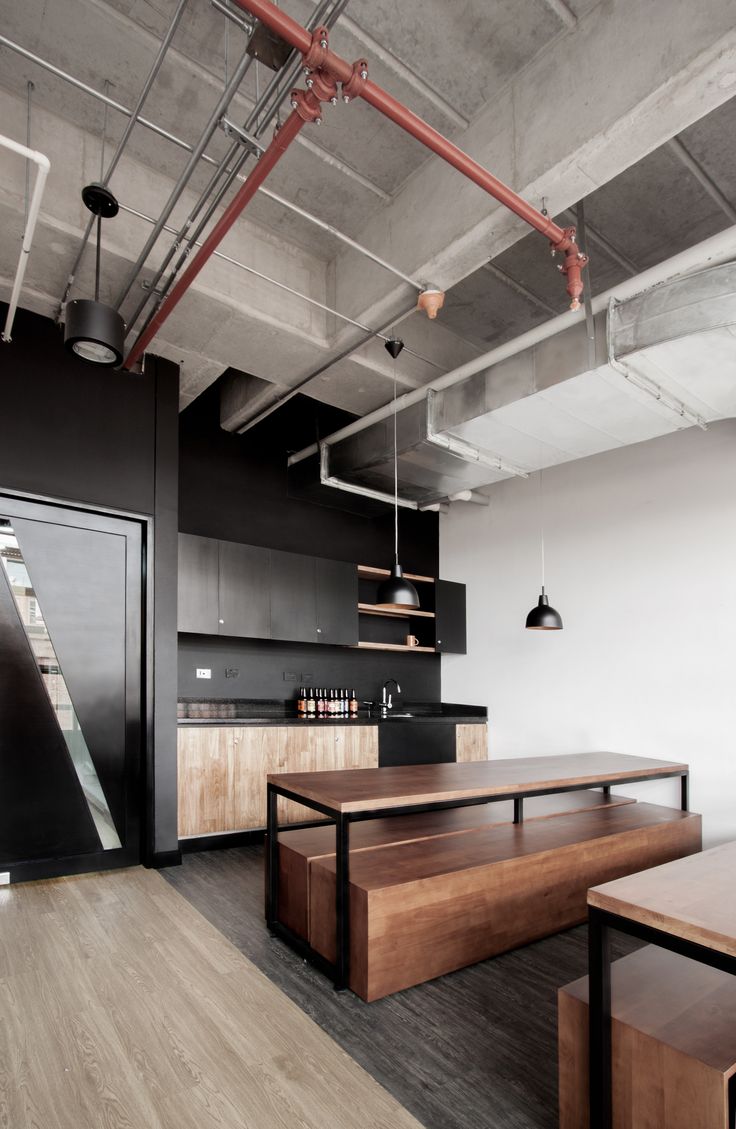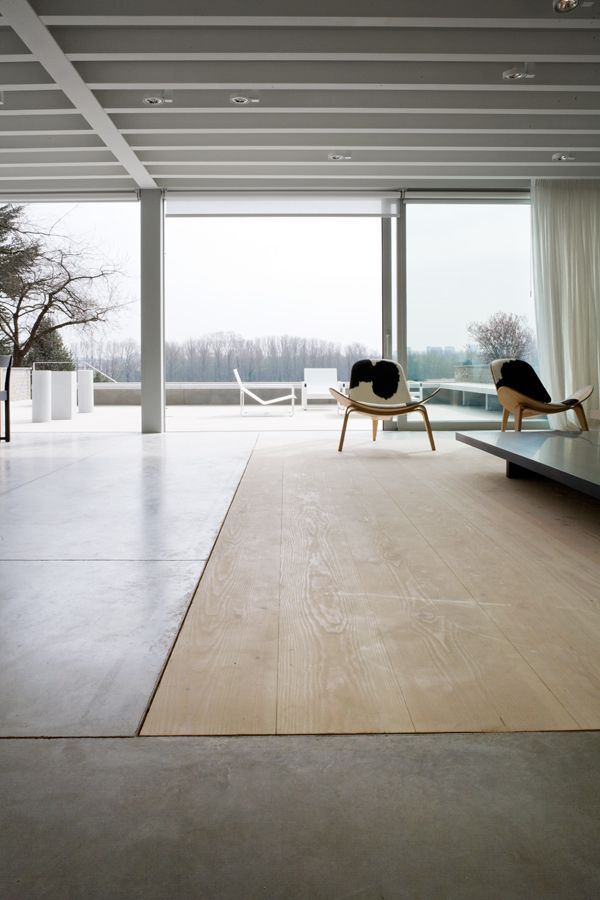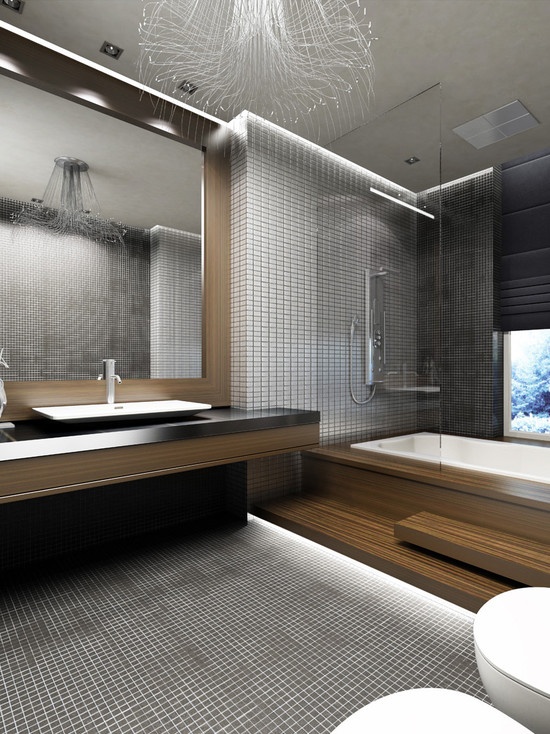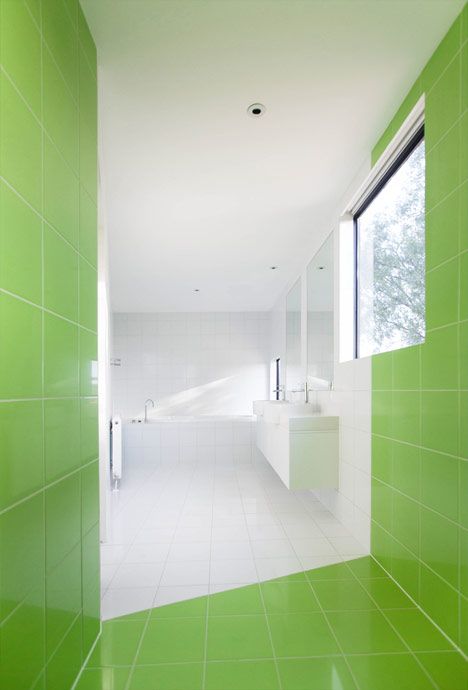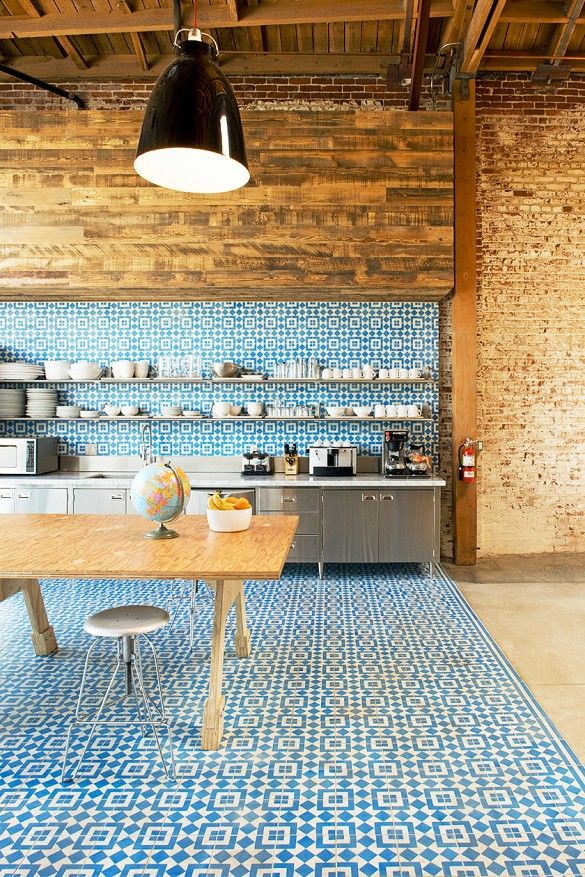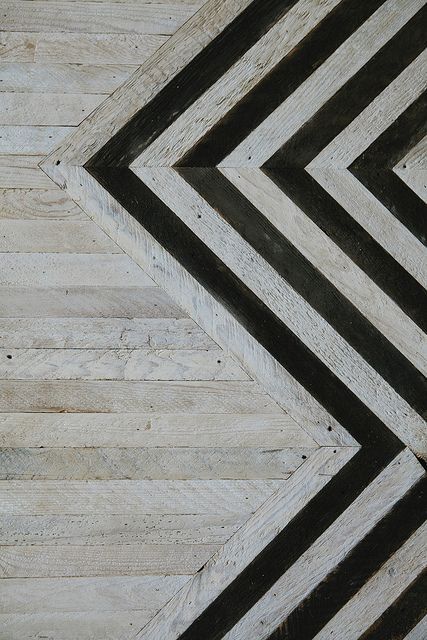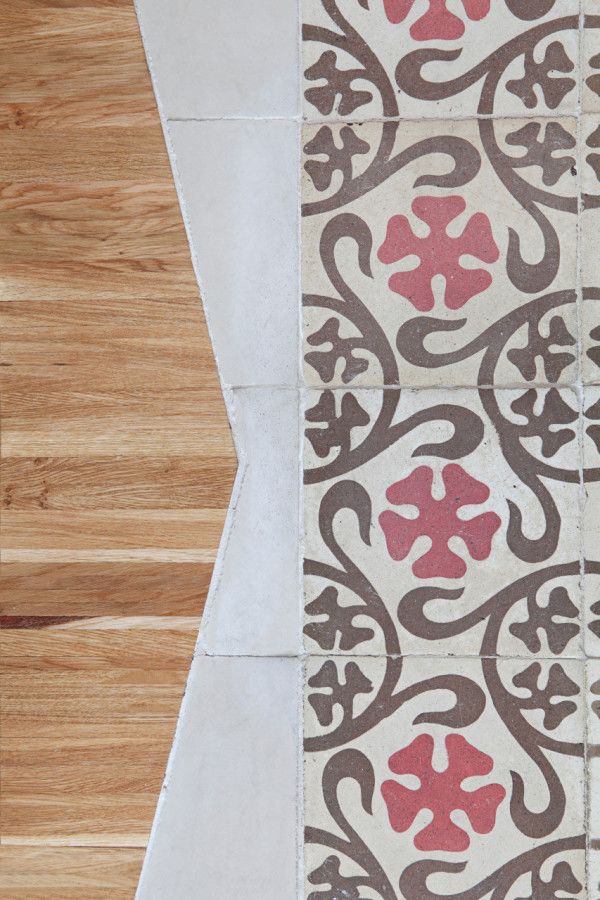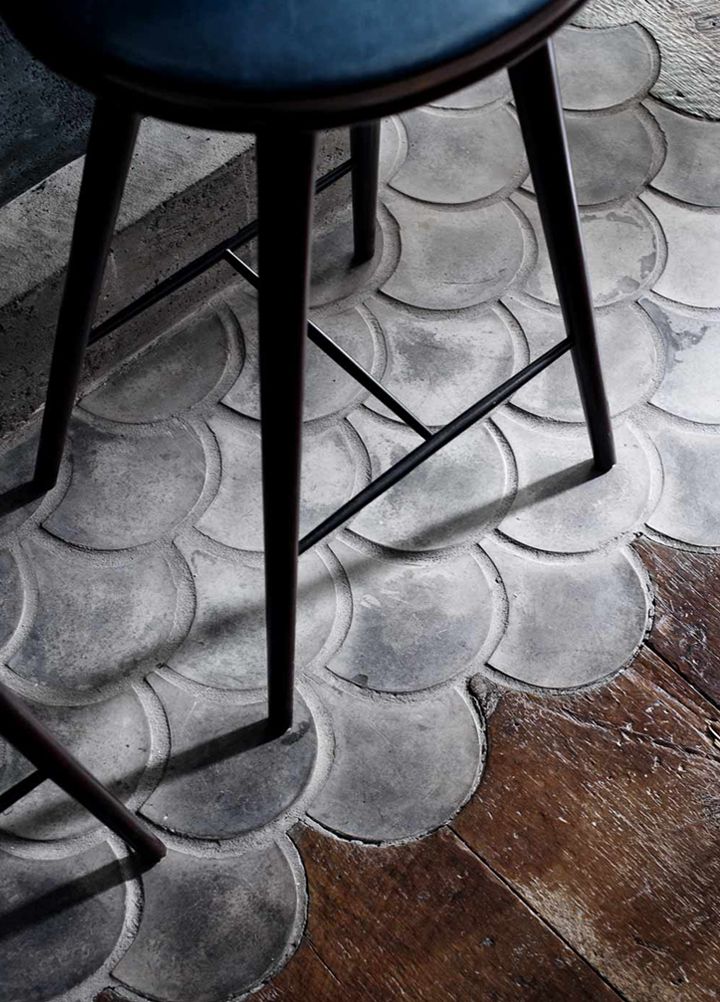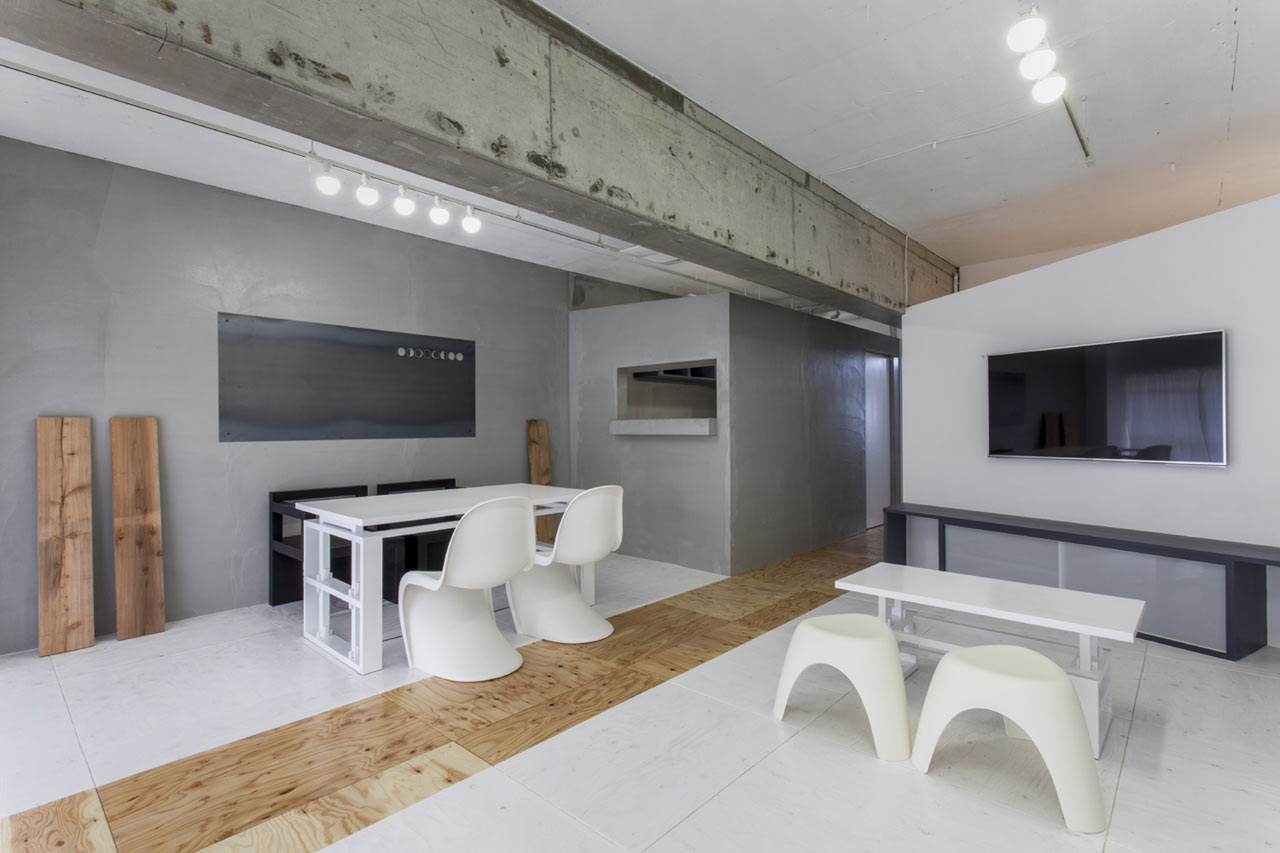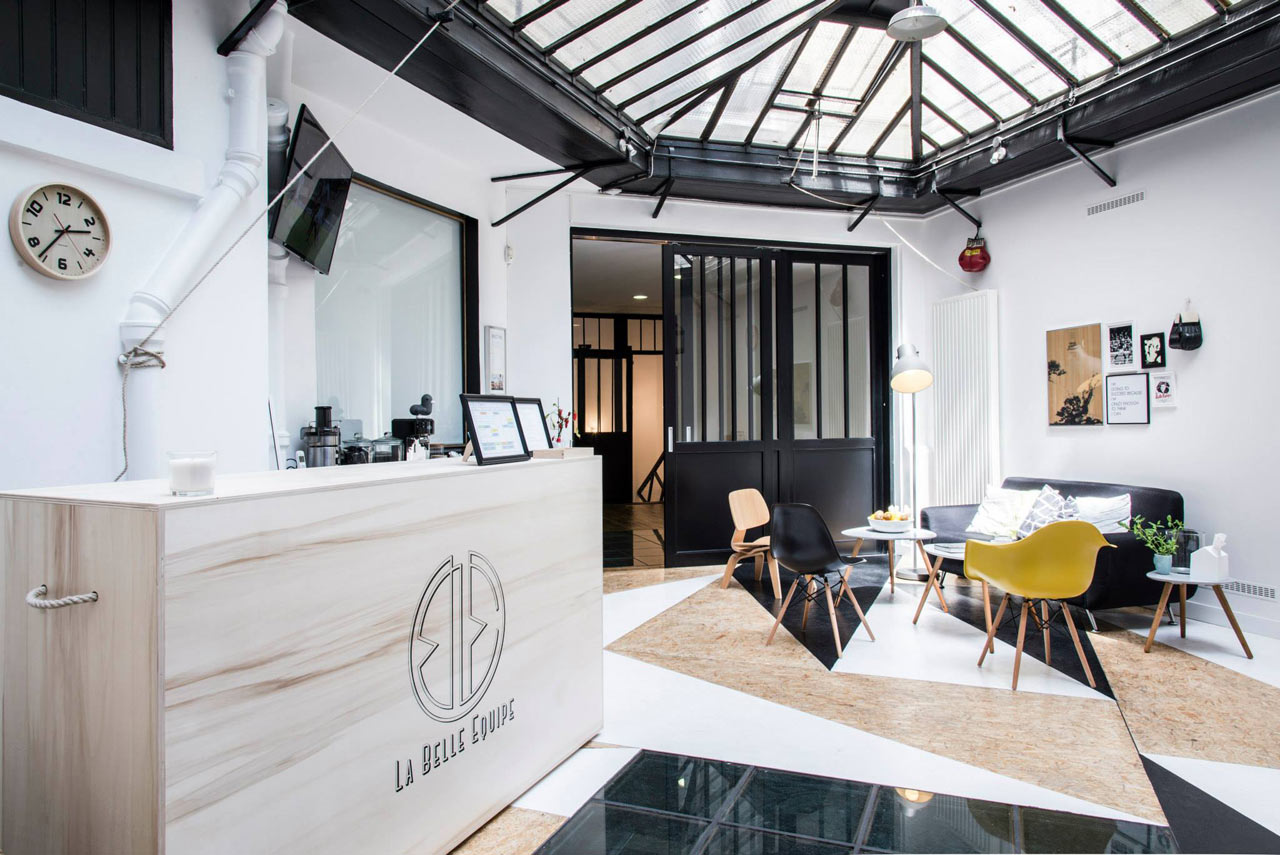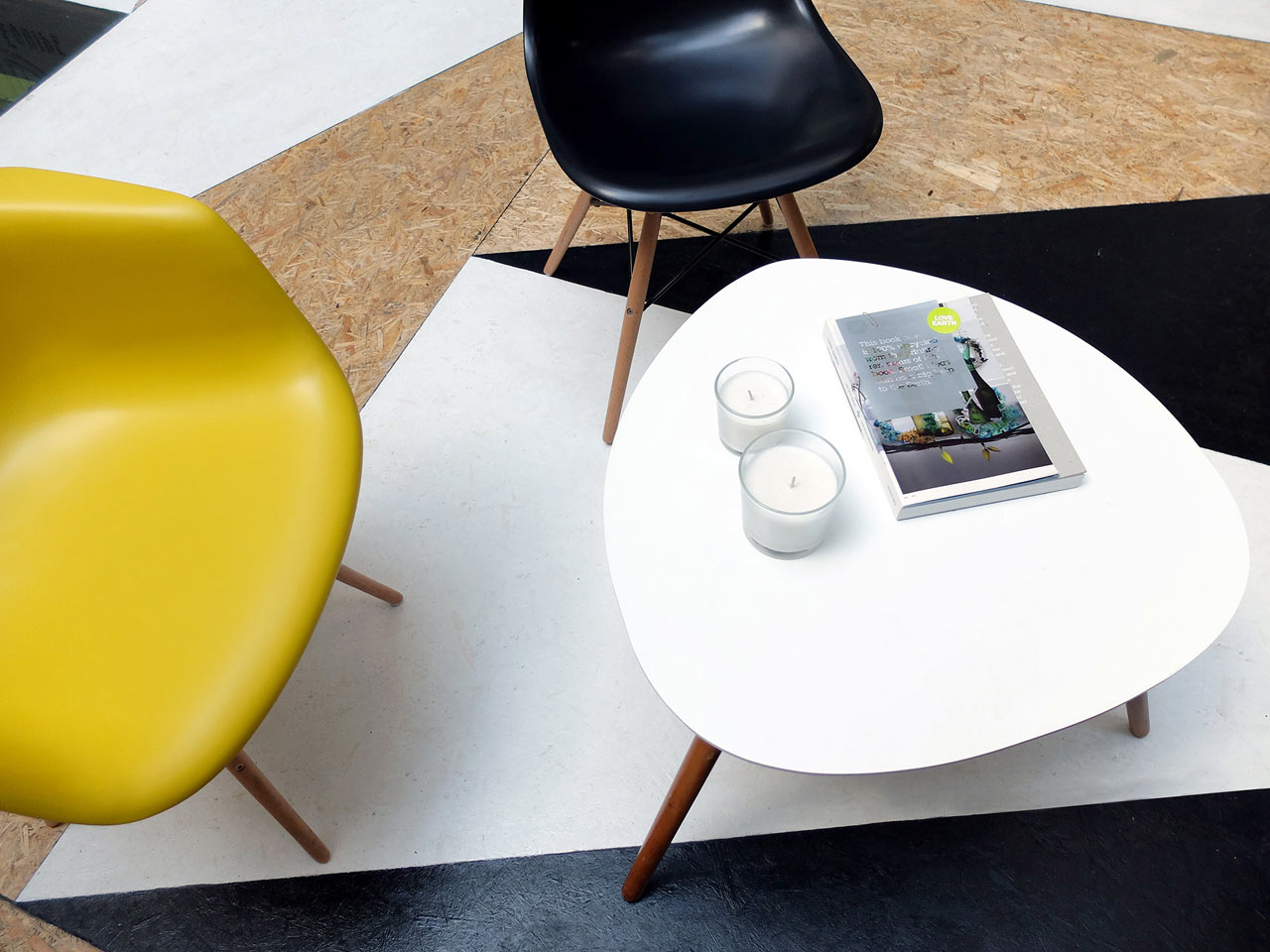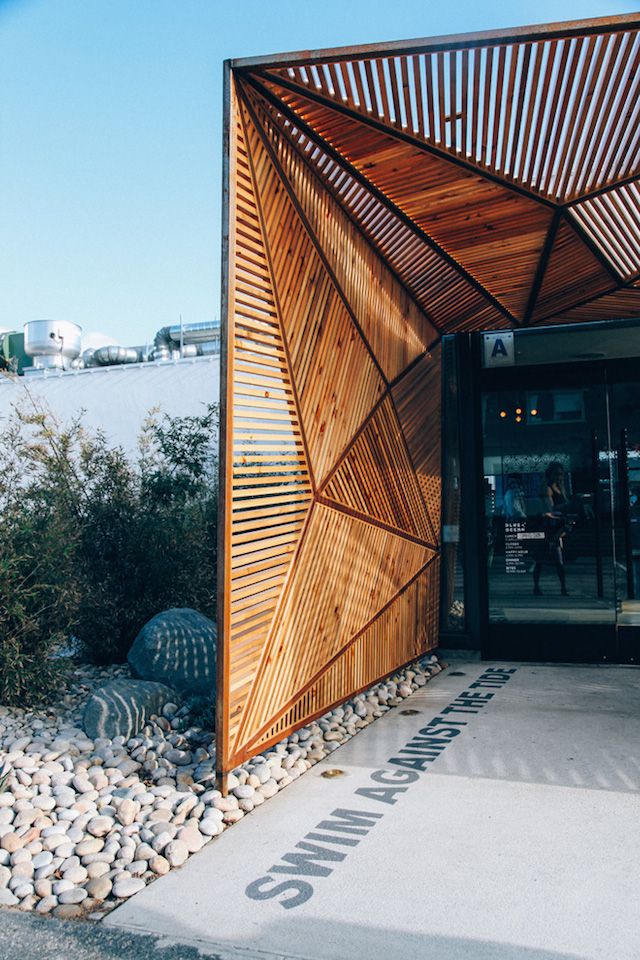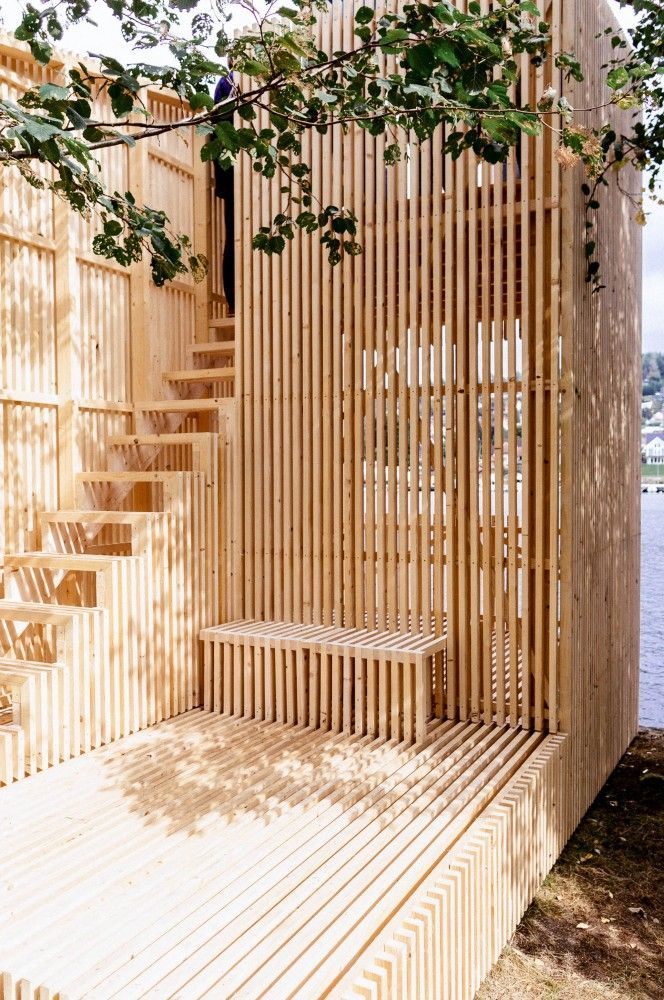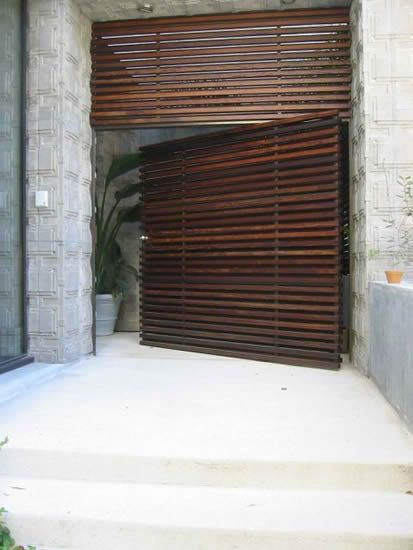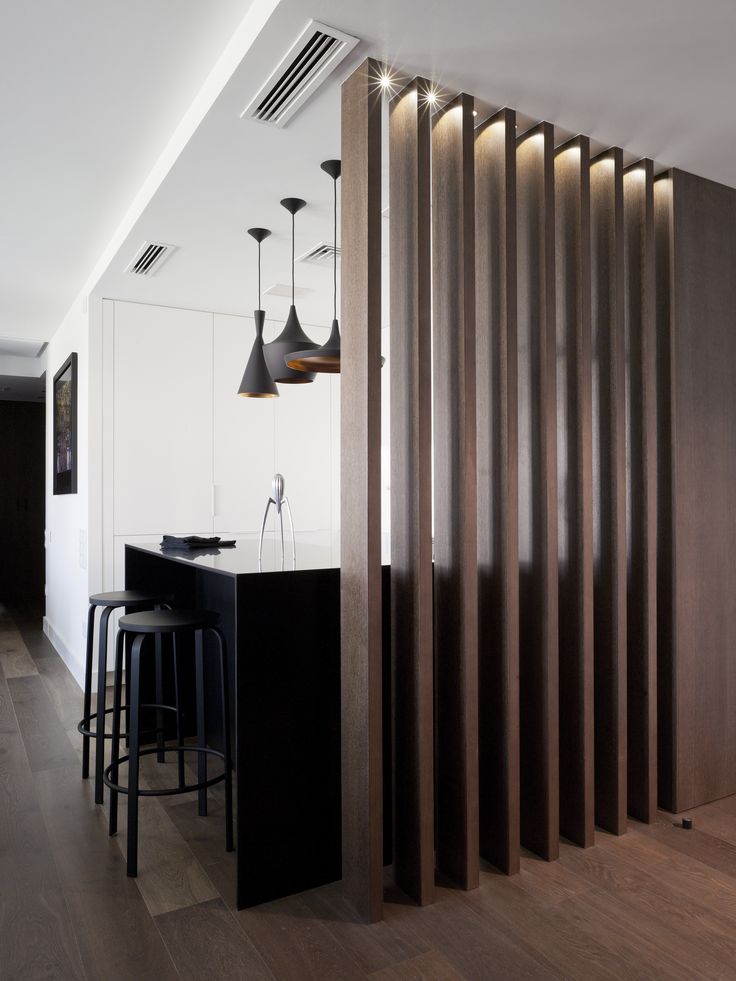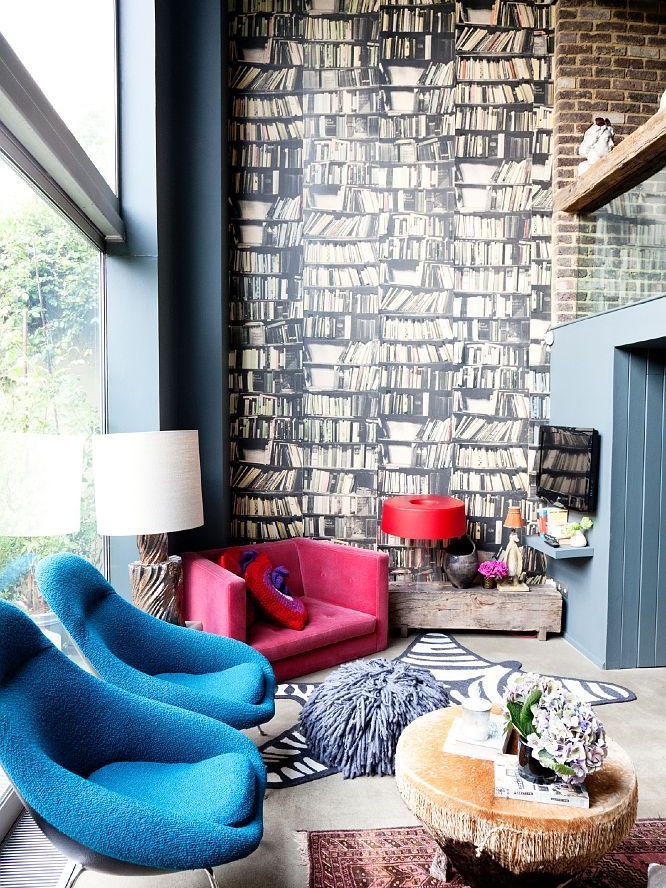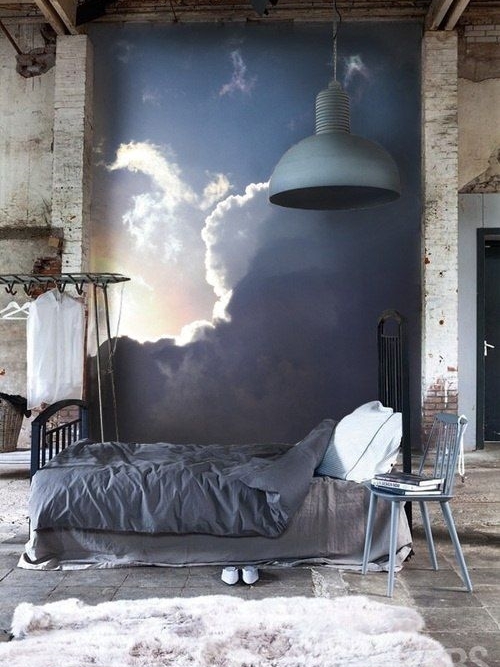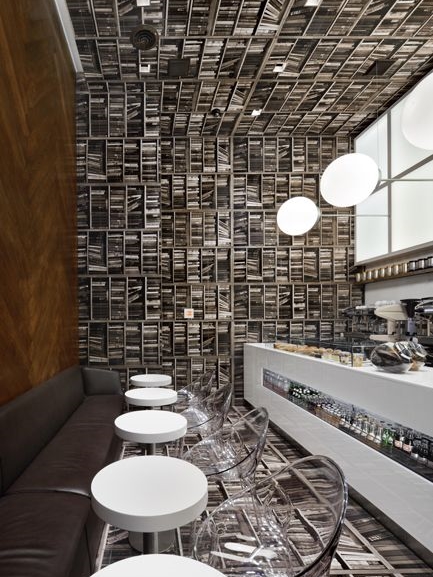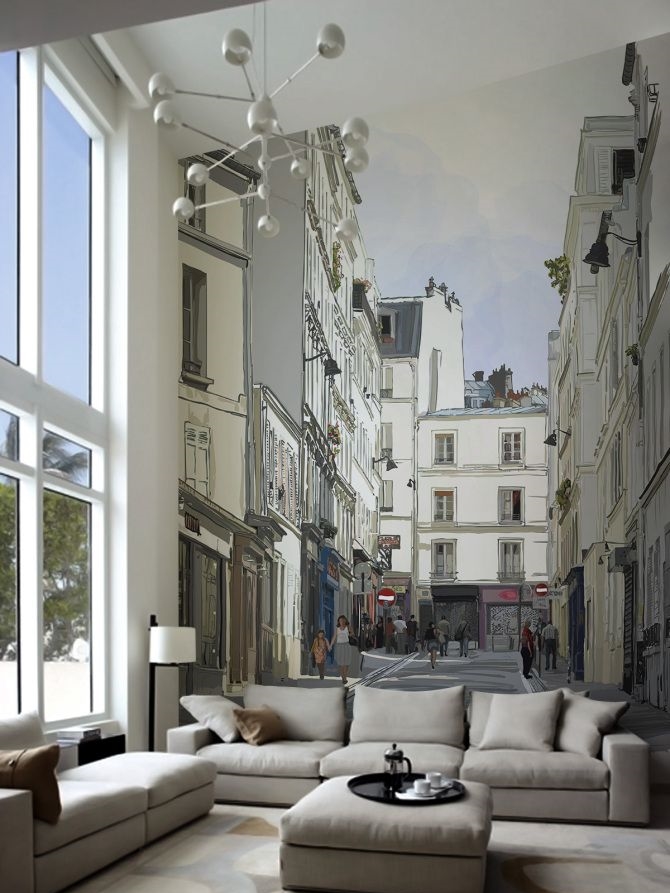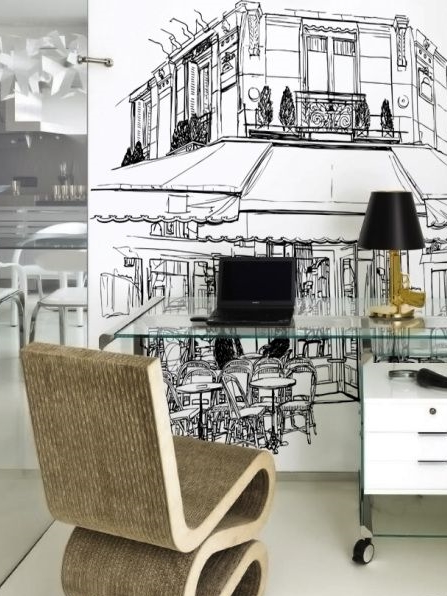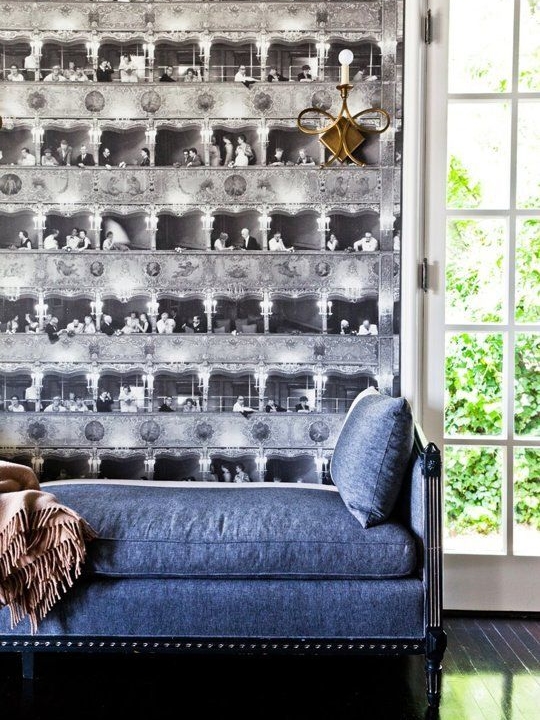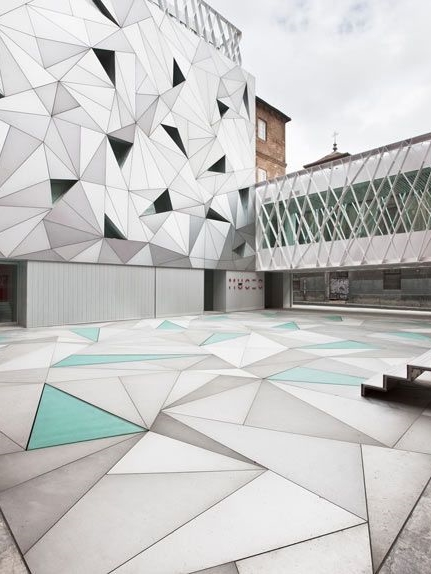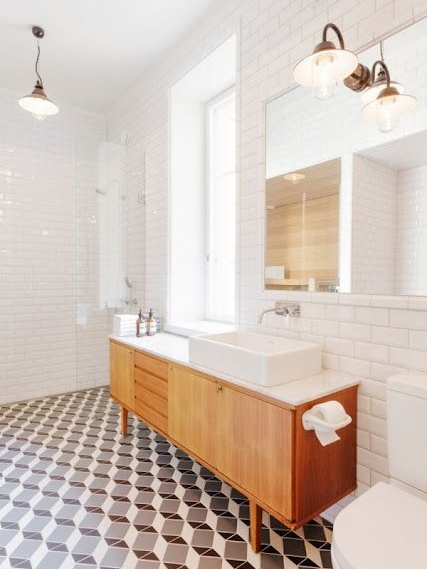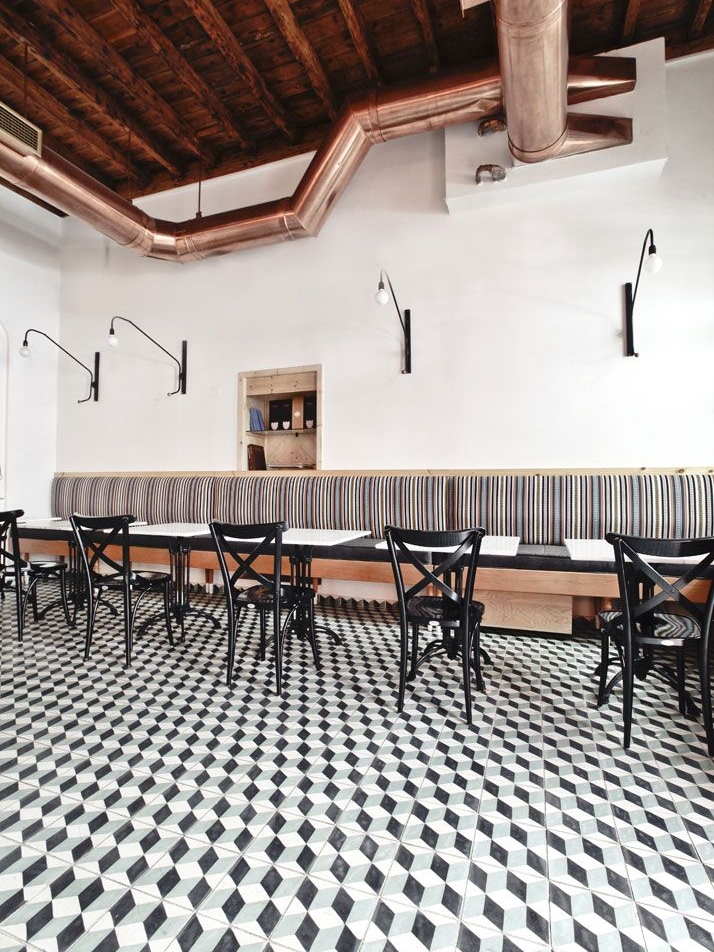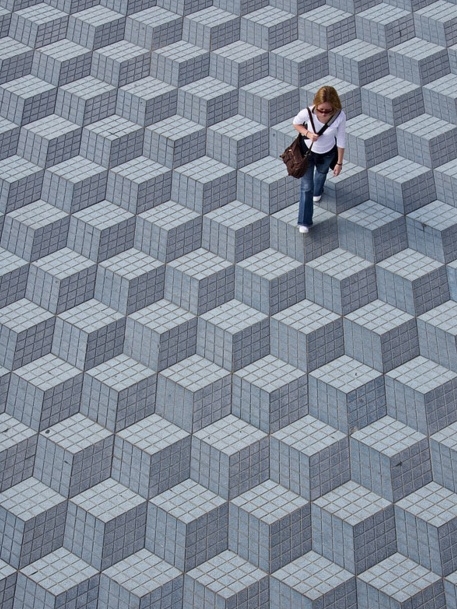WOOD CAST CONCRETE
Wood cast concrete, need I say more? A strong, pourable material, with the soft touch of a wood texture. It's classy, sleek, textured and bold all at once. Concrete has always been an intriguing material, especially as we start to see lots of DIY tutorials using concrete/cement in the home for planters, trinkets and paperweights. Concrete as a building material has been used over and over due to its ability to be poured or cast into any shape and retain structural integrity.
Using wood as a mold allows for a softer touch and aesthetic, almost a white-washed wood effects in some instances. This technique can be used as structural or decorative walls, staircases, flooring and even planters and fire pits. The possibilities are endless, and the result is always exciting yet neutral.
Wood cast concrete is a great alternative when wood won't work in a space and a cooler look is desired. Not only is a construction material, it is a super hip texture to be seen in residential or commercial use.
RECREATE: staircases, divider & retaining walls, planters, even interior living area walls.



